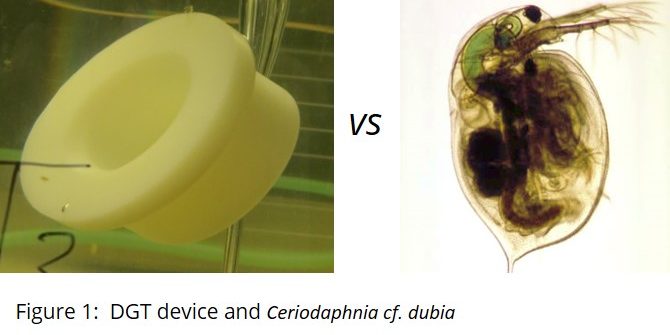Hydrobiology is conducting a research project “Using an eco-toxicological approach to validate the Diffusion Gradients in Thin Film technique (DGT) for the measurement of bioavailable metal concentrations and applied to address the ANZECC and ARMCANZ (2000) framework test for bioavailable metal concentrations”.
The research team has considerable experience in DGT technique, ecotoxicology, mine water chemistry, catchment water quality and a mature collaborative relationship with scientists from the University of Queensland and Governments, the Fitzroy Partnership for River Health and coal industry personnel. This project is supported by Australian Coal Association Research Program (ACARP).
As the DGT uses a hydrogel layer to mimic biological membrane uptake metals in water, it has been suggested that DGT would provide a measure of the bioavailable fraction of metals, which is more likely to represent the toxic fraction for biota. In addition, along with other water chemistry parameters, dissolved organic carbon (DOC) has the ability to decrease metal bioavailability in water and consequently reduce toxicity. This study aims to confirm the metal concentration measured by DGT is the bioavailable concentration using an eco-toxicological approach which will also investigate the role DOC has in the amelioration of metal toxicity.
A laboratory study is being conducted using a series of microcosm toxicity assays with different levels of DOC, metals and local test species including Ceriodaphnia cf. dubia (a temperate zooplankton), Chlorella sp (Green alga) and Melanotaenia splendida (a fish found in north-eastern and central Australia). The test organisms serve as bioassays, sensu stricto, for bioavailable metals which are then cross checked with metal concentrations measured by DGT (Figure 1). The findings from this research will form the basis for the development of more realistic tools to monitor and assess environmental risks.





